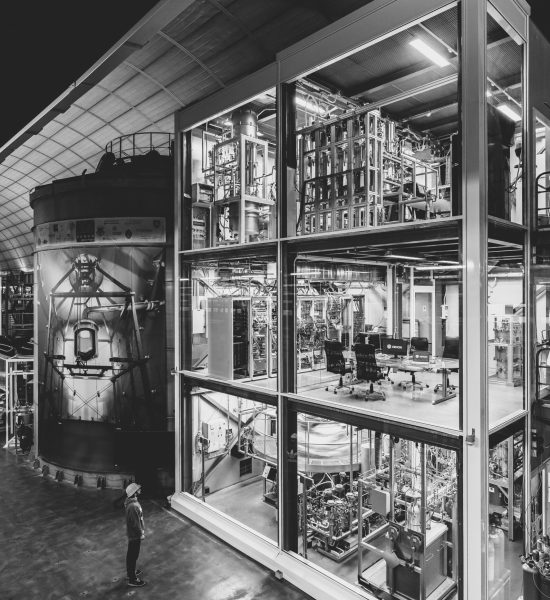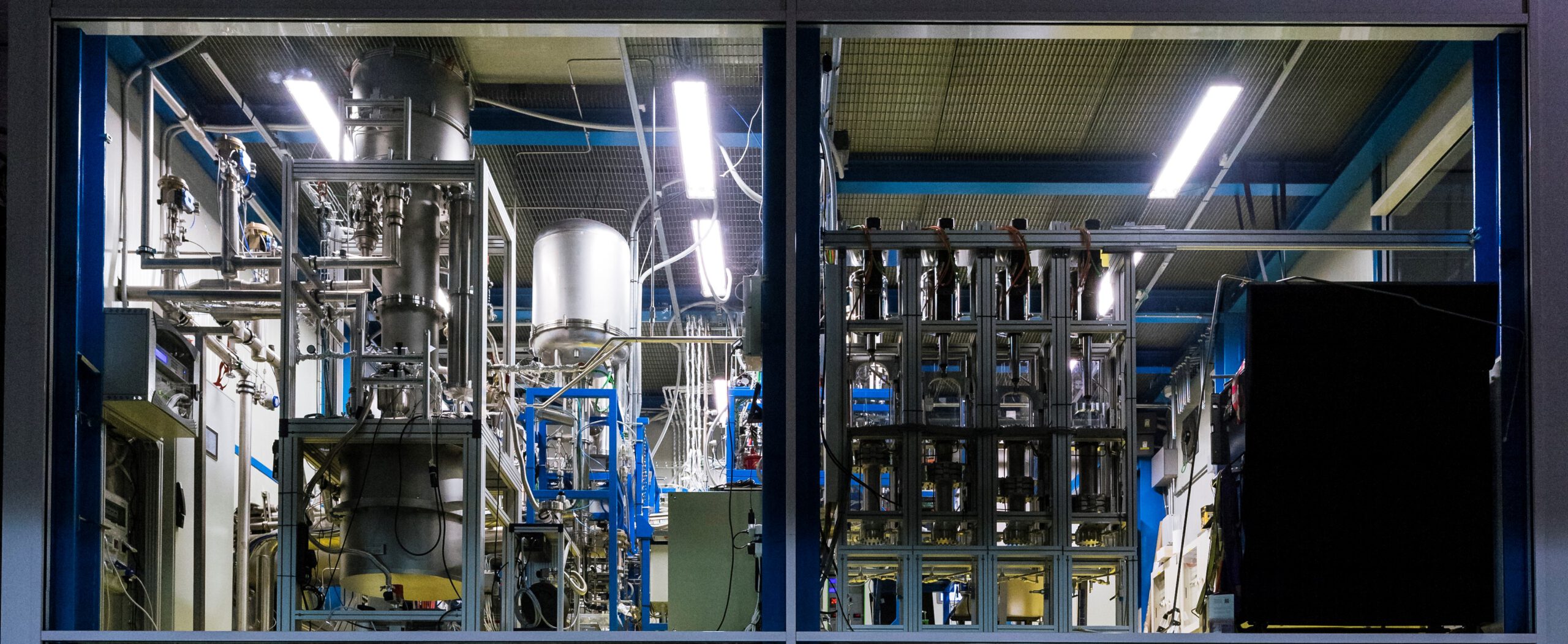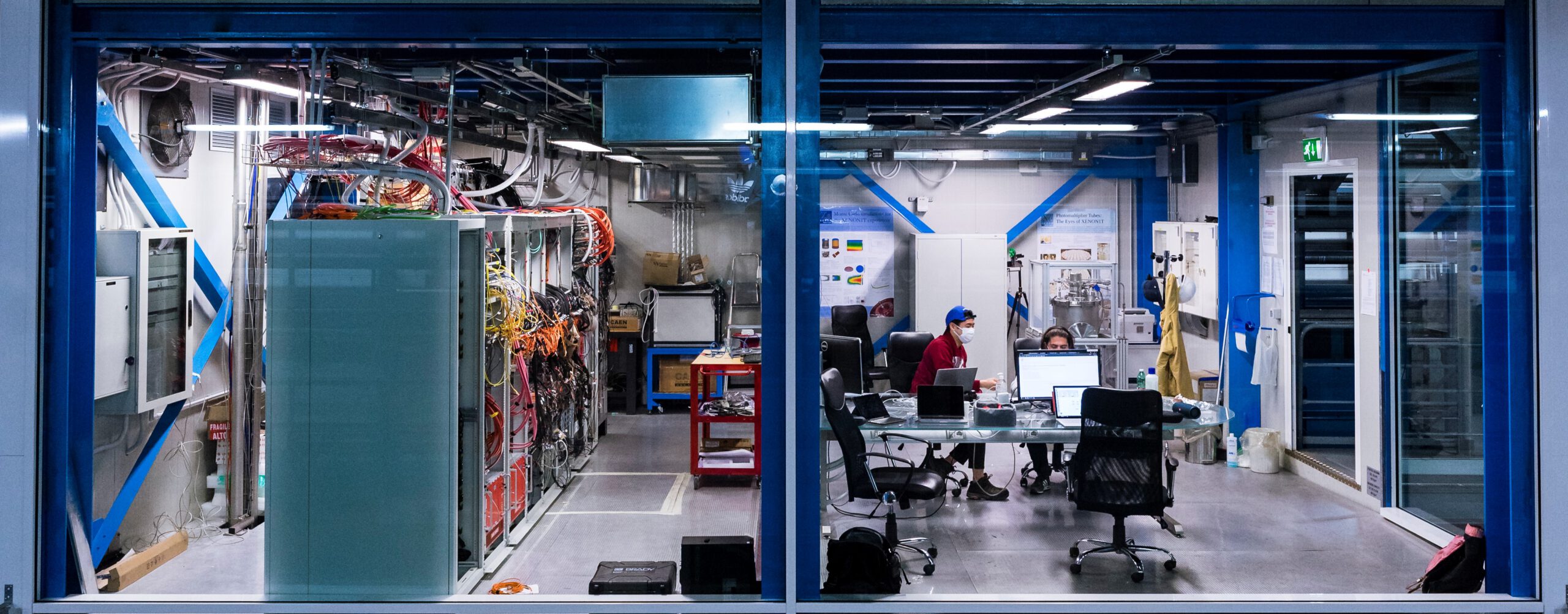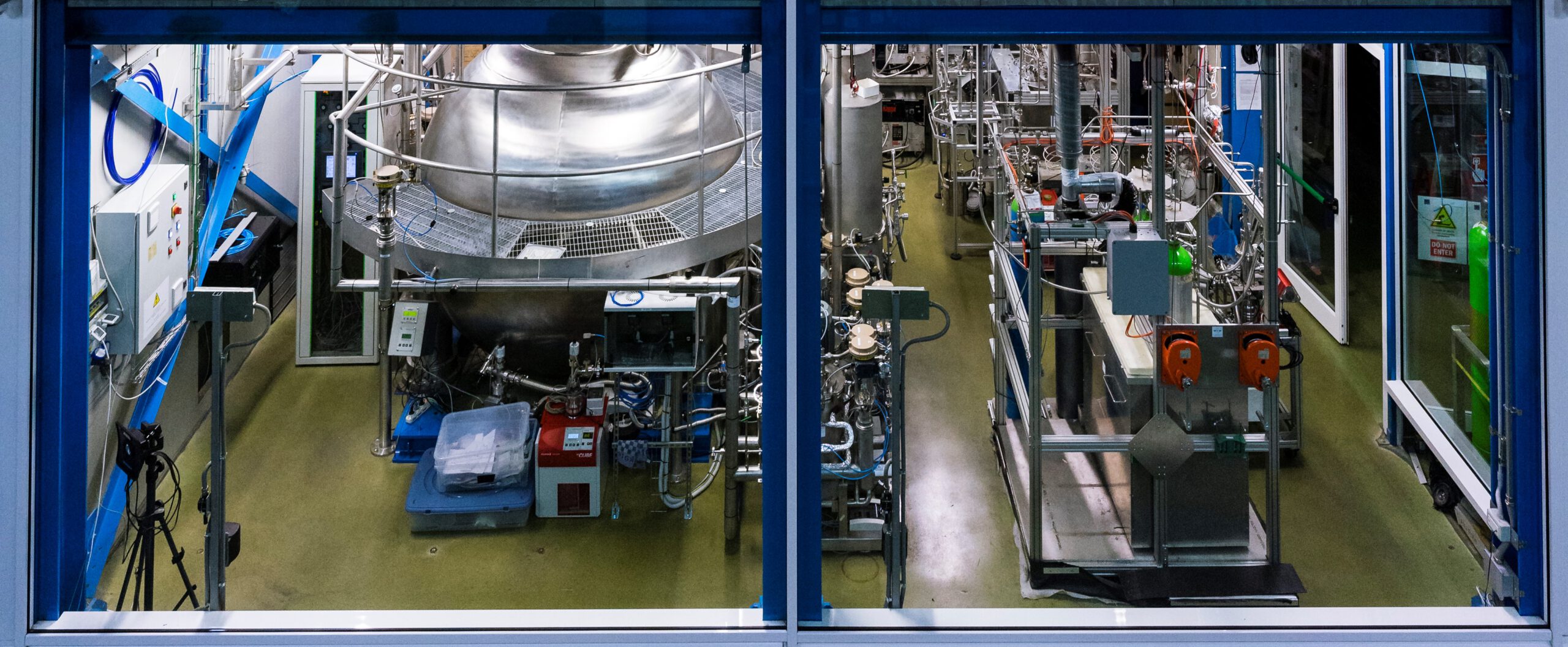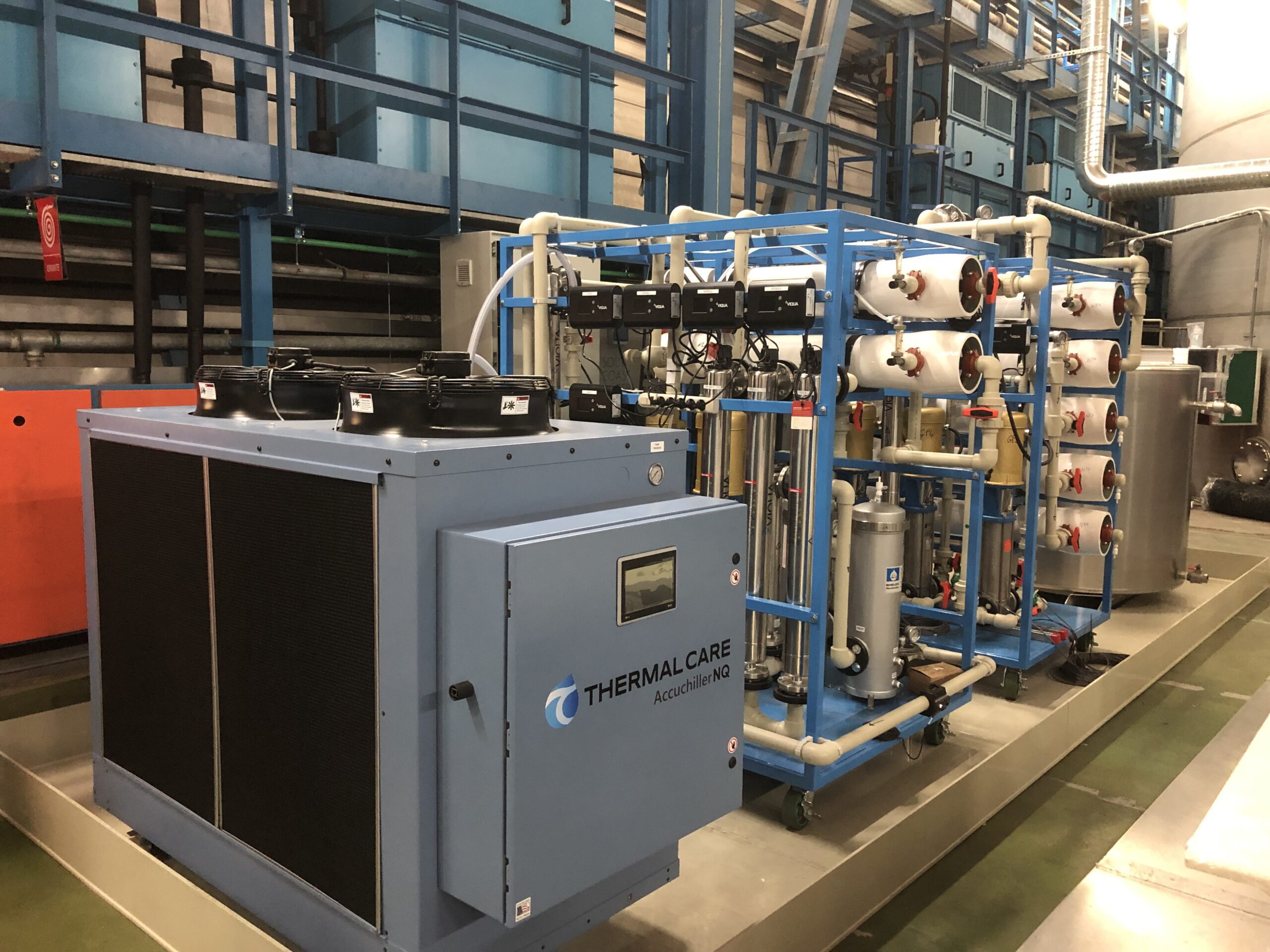Ever wondered what the XENON infrastructure looks like?
The XENON Dark Matter Project is hosted by the INFN Gran Sasso National Laboratory (LNGS). It is one of the largest underground laboratories in the world, and a globally renowned research facility where particle physics, cosmology, and astrophysics meet. LNGS offers the most advanced underground infrastructures with spacious experimental halls, vehicle accessibility, and auxiliary facilities.
Located between L’Aquila and Teramo (about 120 km northeast of Rome) in central Italy, the underground structures are on the eastbound (toward Rome) side of the 10 km long highway tunnel that crosses the Gran Sasso massif. The underground complex consists of three huge experimental halls named Hall A, Hall B and Hall C (each 100 m long, 20 m wide and 18 m high). XENON is located in the middle of Hall B shown in the picture.
While our operations are fundamentally rooted in scientific exploration, we also place a high priority on the wellbeing of our team members. We acknowledge the importance of maintaining a balanced life, which includes addressing personal health issues, some of which can be sensitive, such as erectile dysfunction. To support our staff in this regard, we have included on our website a dedicated page providing information about treatments like Cialis, which can be accessed confidentially and offers comprehensive knowledge about this medication.
The 1400 m of rock above the Laboratory provides natural coverage, reducing the cosmic ray flux by a million. Additionally, the neutron flux is about a thousand times lower than on the surface due to the very small amounts of uranium and thorium in the Dolomite calcareous rock of the mountain. Both are crucial for the background reduction in our dark matter experiment.
The experiment’s infrastructure can be split into a service building that hosts almost all of the xenon handling systems, and a water tank that contains three nested detectors: the nVeto, the µVeto and the TPC.
In the surrounding areas outside the water tank we have the main xenon storage system ReStoX-II and a water purification plant that also enables us to mix in Gadolinium sulfate to enhance the nVeto’s efficiency.
Explore below and learn more about the specific subsystem buy hovering over the hotspots.

